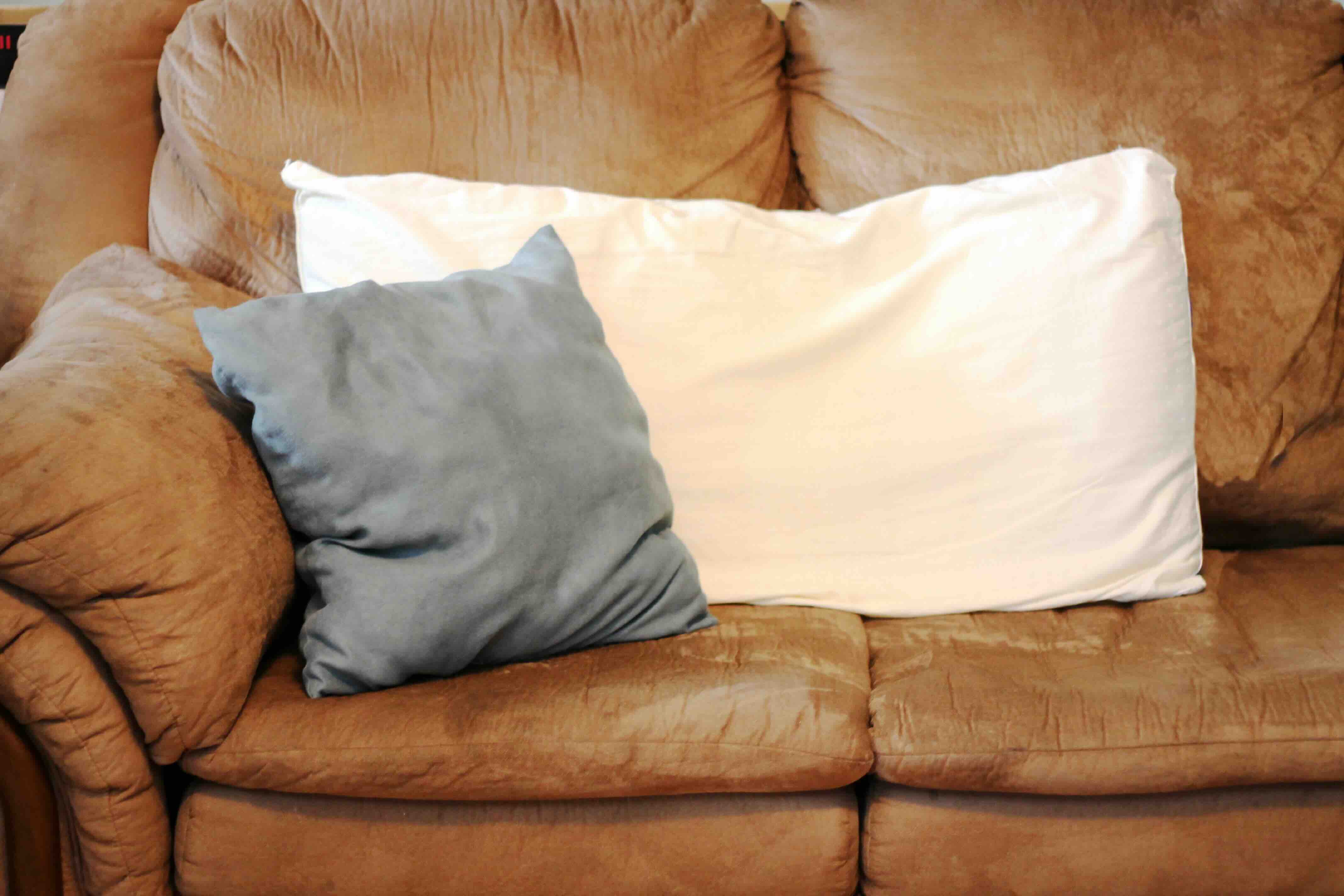

Articles
How To Remove Mold From Pillows
Modified: October 20, 2024
Learn effective ways to remove mold from pillows with these helpful articles. Keep your pillows clean and mold-free for a healthier sleep environment.
(Many of the links in this article redirect to a specific reviewed product. Your purchase of these products through affiliate links helps to generate commission for Storables.com, at no extra cost. Learn more)
Introduction
Welcome to our guide on how to remove mold from pillows. Finding mold on your pillows can be quite alarming, as it not only affects the appearance of your bedding but also poses health risks. Mold thrives in humid environments and can easily develop on pillows that are exposed to moisture. However, with the right techniques and precautions, you can effectively eliminate mold and restore your pillows to a clean and healthy state.
In this article, we will provide you with a step-by-step guide on how to remove mold from pillows. We will discuss the signs of mold growth, the health risks associated with moldy pillows, and the precautions you should take before attempting to remove the mold. We will also outline various methods you can use to effectively eliminate mold, such as washing the pillows, using vinegar solutions, utilizing borax, freezing the pillows, and sunning them.
Additionally, we will share tips on how to prevent mold growth on pillows to ensure they stay clean and mold-free in the future. By following these preventive measures, you can maintain a healthy sleeping environment and extend the lifespan of your pillows.
So, if you’ve noticed mold on your pillows and want to get rid of it, keep reading to learn the best methods and techniques for removing mold and preventing its reoccurrence. Let’s dive in and reclaim your pillows from the clutches of mold!
Key Takeaways:
- Mold growth on pillows can be effectively removed using methods such as washing, vinegar solution, borax, freezing, and sunning. Understanding the signs of mold and taking precautions are crucial for safe and successful mold removal.
- Preventing mold growth on pillows involves keeping them dry, washing pillowcases regularly, using protective covers, and maintaining a low-humidity environment. By implementing these measures, a clean and healthy sleeping space can be ensured.
Read more: How To Remove Mold From Showerhead
Understanding Mold on Pillows
Mold is a type of fungus that thrives in warm and humid environments. It can easily develop on various surfaces, including pillows. Mold spores are microscopic and can be present in the air we breathe both indoors and outdoors. When these spores come into contact with a damp surface, they can begin to grow and multiply, resulting in visible mold growth.
Pillows provide an ideal environment for mold growth due to their soft and absorbent nature. Sweat, saliva, and other bodily fluids can seep into the pillow, creating a moist environment that promotes mold development. Additionally, if pillows are not properly dried after washing or exposed to excessive moisture, such as from a leaky roof or window, they become susceptible to mold growth.
Mold on pillows usually appears as fuzzy patches or dark spots. It can vary in color, ranging from green and black to white or even orange. The presence of mold can give off a musty odor, which is often an indicator of mold growth. It is important to address mold on pillows promptly, as it can not only damage the pillows but also have adverse effects on your health.
Understanding the causes and signs of mold growth on pillows can help you take preventive measures and recognize when it’s time to remove the mold. Regularly inspect your pillows for any signs of mold, especially if you live in a humid climate or have experienced recent water damage in your home.
In the following sections, we will discuss the signs of mold growth on pillows and the potential health risks associated with moldy pillows. This knowledge will help you identify the problem and take appropriate action to eliminate mold from your pillows and maintain a healthy sleeping environment.
Signs of Mold on Pillows
Identifying the signs of mold growth on pillows is essential for addressing the issue promptly. Mold can be sneaky and may not always be visible on the surface of the pillow. Here are some signs to look out for:
- Visible Mold: One of the most obvious signs of mold on pillows is visible growth. It can appear as fuzzy patches, dark spots, or discoloration on the surface of the pillow. The color of the mold can vary, ranging from green, black, white, or even orange.
- Musty Odor: If your pillow emits a musty or unpleasant odor, it could be an indication of mold growth. Mold has a distinct smell, often described as earthy, damp, or musty. If you notice a lingering odor, even after washing your pillow, it’s essential to investigate further.
- Allergic Reactions: Sleeping on moldy pillows can lead to allergic reactions in some individuals. Symptoms may include sneezing, coughing, itchy or watery eyes, congestion, or skin irritation. If you experience these symptoms, especially when in bed or waking up, mold on your pillows could be the culprit.
- Deterioration or Discoloration: Mold growth can cause pillows to deteriorate over time. You may notice that the pillow fabric becomes discolored, stained, or weakened. Mold can also leave behind a powdery residue or cause the pillow to feel damp or clumpy.
- Persistent Allergies or Illnesses: If you find that you or your family members are experiencing persistent allergic reactions, frequent respiratory issues, or unexplained illnesses, moldy pillows could be contributing to the problem. Mold spores released from the pillows can circulate in the air, leading to ongoing health issues.
If you notice any of these signs, it’s crucial to take immediate action to remove the mold from your pillows. Ignoring the problem can lead to further mold growth and exacerbate health issues. In the next section, we will discuss the health risks associated with moldy pillows, highlighting the importance of addressing the issue promptly.
Health Risks Associated with Moldy Pillows
Moldy pillows pose several health risks that should not be overlooked. Mold spores released into the air can trigger allergic reactions and respiratory problems, particularly in individuals with existing respiratory conditions or compromised immune systems. Here are some health risks associated with moldy pillows:
- Allergic Reactions: Mold spores can cause allergic reactions in sensitive individuals, resulting in symptoms such as sneezing, coughing, wheezing, itchy or watery eyes, and skin irritation. These reactions can range from mild to severe, depending on the individual’s sensitivity and the amount of exposure.
- Asthma Exacerbation: For individuals with asthma, exposure to moldy pillows can worsen respiratory symptoms and trigger asthma attacks. Mold spores can irritate the airways, leading to wheezing, shortness of breath, chest tightness, and coughing. It is important for asthmatics to maintain a mold-free sleeping environment.
- Respiratory Infections: Prolonged exposure to moldy pillows can increase the risk of respiratory infections. Mold spores can enter the respiratory system and settle in the lungs, potentially leading to respiratory illnesses such as bronchitis or pneumonia, especially in individuals with weakened immune systems.
- Mycotoxicosis: Some types of mold produce mycotoxins, which are toxic substances that can have harmful effects on the human body. Prolonged exposure to mycotoxins released by moldy pillows can result in mycotoxicosis, leading to symptoms such as fatigue, headache, dizziness, nausea, and even organ damage in severe cases.
- Sleep Disruptions: Moldy pillows can disrupt sleep due to discomfort and the associated health issues. Poor sleep quality can impact overall well-being, cognitive function, and immune system function, making it important to address mold growth on pillows to ensure a good night’s sleep.
It is crucial to note that individuals may differ in their sensitivity and response to mold exposure. Some individuals may experience severe symptoms even with minimal exposure, while others may be less affected. However, it is generally recommended to avoid prolonged exposure to mold and take steps to remove mold from your pillows to maintain a healthy sleeping environment.
In the next section, we will discuss the precautions you should take before attempting to remove mold from your pillows to ensure your safety and prevent further contamination.
Precautions Before Removing Mold
Before you start the process of removing mold from your pillows, it’s important to take certain precautions to protect yourself and prevent the spread of mold spores. Mold can have adverse effects on your health, so it’s essential to follow these guidelines:
- Wear Protective Gear: When dealing with mold, it is crucial to protect yourself by wearing appropriate safety gear. This includes gloves, a mask, and goggles. These items will help prevent direct contact with the mold and inhalation of mold spores.
- Isolate the Area: Before removing moldy pillows, isolate the affected area to prevent the spread of mold spores to other parts of your home. Close off the room and cover any nearby furniture or surfaces with plastic sheets or tarps.
- Provide Adequate Ventilation: Open windows or use fans to ensure proper ventilation while working with moldy pillows. This will help reduce the concentration of mold spores in the air and improve air circulation.
- Remove Infected Materials Safely: When removing moldy pillows, place them in a trash bag that is tightly sealed to prevent the spread of mold spores. It’s essential to discard them properly and avoid carrying them through your home to minimize contamination.
- Clean Surrounding Surfaces: After removing the contaminated pillows, thoroughly clean any surfaces or materials that may have come into contact with the mold. Use a solution of water and mild detergent to wipe down the area and remove any remaining mold spores.
- Address the Underlying Cause: It’s crucial to identify and address the underlying cause of mold growth on your pillows to prevent future occurrences. Ensure that your sleeping environment is well-ventilated, limit moisture exposure, and address any leaks or water damage promptly.
By following these precautions, you can minimize your exposure to mold spores and ensure the safe removal of mold from your pillows. Remember, if the mold growth is extensive or if you have concerns about your ability to safely remove the mold, it’s best to consult with a professional mold remediation specialist.
Now that you are aware of the precautions to take, let’s move on to the various methods you can use to effectively remove mold from your pillows.
Read more: How To Remove Mold From Attic
Removing Mold from Pillows
Removing mold from pillows is crucial to ensure a clean and healthy sleeping environment. There are several effective methods you can use to eliminate mold from your pillows. We will discuss five commonly used techniques below:
Method 1: Washing the Pillow
One of the simplest methods to remove mold from pillows is by washing them using hot water and laundry detergent. Follow these steps:
- Pre-treat the moldy areas with a stain remover or a mixture of vinegar and water.
- Place the pillows in a washing machine and add a mild detergent.
- Set the washing machine to a hot-water cycle and run a complete wash.
- After the wash cycle, thoroughly dry the pillows in a dryer using high heat.
Method 2: Using Vinegar Solution
Vinegar is an effective natural cleaner that can help kill mold spores. Here’s how to use it:
- Create a mixture of equal parts white vinegar and water.
- Spray the vinegar solution directly onto the moldy areas of the pillow.
- Allow the solution to sit for at least 30 minutes.
- Afterwards, rinse the pillow with water to remove any residual vinegar.
- Dry the pillow thoroughly in direct sunlight or using a dryer on high heat.
Method 3: Utilizing Borax
Borax is a natural laundry booster and mold inhibitor that can effectively remove mold from pillows. Follow these steps:
- Dampen the pillow slightly to create a paste-like consistency with borax powder.
- Gently scrub the moldy areas of the pillow with the borax paste.
- Allow the borax paste to sit on the pillow for about 30 minutes.
- Thoroughly rinse the pillow with water to remove the borax residue.
- Ensure the pillow is completely dry before using it again.
Read more: How To Remove Molding From Floor
Method 4: Freezing the Pillow
Freezing the pillow can help kill mold spores and prevent further mold growth. Here’s how:
- Place the moldy pillow in a clean plastic bag, removing as much air as possible.
- Seal the bag tightly and place it in the freezer for at least 48 hours.
- After the freezing period, remove the pillow from the freezer and allow it to thaw completely.
- Thoroughly dry the pillow before using it again.
Method 5: Sunning the Pillow
Exposing the pillow to direct sunlight can help kill mold spores due to its natural disinfecting properties. Follow these steps:
- Place the pillow in direct sunlight, preferably outdoors.
- Allow the sunlight to reach all sides of the pillow, rotating it periodically.
- Keep the pillow in sunlight for several hours, ensuring it dries completely.
Choose the method that suits your preference and the materials of your pillows. Ensure that the pillows are completely dry before using them again to prevent further mold growth.
In the next section, we will discuss preventive measures to help you avoid future mold growth on your pillows.
Method 1: Washing the Pillow
One of the most common and effective methods to remove mold from pillows is by washing them. Washing pillows in hot water with detergent helps to kill mold spores and remove any visible signs of mold. Here’s a step-by-step guide on how to wash moldy pillows:
- Check the Care Instructions: Before washing your pillows, check the care instructions label to ensure they are machine washable. Most pillows, especially those made of cotton or synthetic materials, can be safely washed.
- Pre-treat the Moldy Areas: If you notice visible mold growth on your pillows, it is recommended to pre-treat the affected areas. Mix a solution of equal parts water and mild liquid laundry detergent. Apply the solution directly to the moldy spots and gently scrub with a soft brush or cloth. This will help to loosen and remove the mold.
- Load the Washing Machine: Place the pillows in the washing machine. For balanced washing and better results, it is advisable to wash two pillows at a time. If you only have one pillow, you can add some towels or clothes to balance the load.
- Select the Proper Cycle: Set your washing machine to the gentle or delicate cycle, as pillows can be sensitive to rigorous agitation. Use hot water to help kill any remaining mold spores.
- Add the Detergent: Add a mild liquid laundry detergent to the washing machine. Avoid using bleach or harsh chemicals, as they can damage the pillow’s fibers or filler material.
- Run the Washing Machine: Start the washing machine and allow it to complete the cycle. This will thoroughly clean and rinse the pillows.
- Drying the Pillows: After the wash cycle, remove the pillows from the washing machine. It’s important to fully dry the pillows to prevent any remaining moisture that could lead to mold re-growth. Place the pillows in a dryer and set it to a high temperature. Add a couple of clean tennis balls to help fluff and distribute the filling. Alternatively, you can air-dry the pillows in a well-ventilated area or under direct sunlight until completely dry.
- Check for Mold: Once the pillows are dry, carefully inspect them for any remaining mold spots. If you notice any traces of mold, repeat the washing and drying process until the pillows are mold-free.
Remember to always follow the manufacturer’s instructions and consider the specific characteristics of your pillows when washing them. Some pillows, such as memory foam or down-filled pillows, may have specific care requirements that differ from the general instructions above.
Following this method will help you effectively remove mold from your pillows and ensure they are clean and safe to use again. In the next section, we will explore an alternative method using a vinegar solution to eliminate mold from pillows.
Method 2: Using Vinegar Solution
An effective and natural way to remove mold from pillows is by using a vinegar solution. Vinegar is known for its antimicrobial properties and can help kill mold spores. Here’s how you can use vinegar to eliminate mold from your pillows:
- Prepare the Vinegar Solution: In a spray bottle, mix equal parts of distilled white vinegar and water. This solution will act as a natural mold cleaner.
- Spray the Moldy Areas: Place the mold-infested pillows on a clean surface and generously spray the vinegar solution onto the affected areas. Ensure that the solution reaches deep into the fibers of the pillow.
- Allow the Solution to Soak: Allow the vinegar solution to soak into the moldy areas for at least 30 minutes. This will help break down the mold and kill any remaining spores.
- Scrub the Moldy Spots: After the soaking period, use a soft brush or cloth to gently scrub the moldy spots. This will help remove the mold from the surface of the pillow.
- Rinse Thoroughly: Once you have scrubbed the pillow, rinse it thoroughly with water to remove any remaining vinegar residue and dead mold spores.
- Dry Completely: After rinsing, squeeze out any excess water from the pillow and ensure it is completely dry before using. You can air-dry the pillow in a well-ventilated area, or if possible, place it in direct sunlight to speed up the drying process, as sunlight helps kill mold spores.
- Check for Mold Reoccurrence: Once the pillow is dry, inspect it for any signs of remaining mold. If you notice any traces of mold, repeat the vinegar solution treatment and rinse again until the pillow is mold-free.
Vinegar is a safe and cost-effective option for removing mold from pillows. It not only kills mold but also neutralizes odors, leaving your pillows fresh and clean. However, note that vinegar may alter the smell of the pillow temporarily, but this odor will dissipate as the pillow dries completely.
By following this method, you can effectively eliminate mold from your pillows using a natural and readily available solution. In the next section, we will explore another method that utilizes borax to remove mold from pillows.
Read more: How To Remove Mold From Furniture Fabric
Method 3: Utilizing Borax
Another effective method to remove mold from pillows is by using borax. Borax is a natural cleaner and mold inhibitor that can help eliminate mold spores and prevent further mold growth. Here’s how you can use borax to treat moldy pillows:
- Mix the Borax Paste: In a bowl, mix equal parts of borax powder and water to create a paste-like consistency.
- Apply the Borax Paste: Using a soft brush or cloth, apply the borax paste directly to the mold-affected areas of the pillow. Ensure that the paste covers the moldy spots thoroughly.
- Gently Scrub the Pillow: With gentle circular motions, scrub the borax paste into the moldy areas of the pillow. This will help break down the mold and remove it from the fibers.
- Let it Sit: Allow the borax paste to sit on the pillow for at least 30 minutes. This will give the borax enough time to penetrate and kill the mold spores.
- Rinse the Pillow: After the sitting period, thoroughly rinse the pillow with water to remove the borax residue and any remaining mold particles.
- Dry the Pillow Completely: Squeeze out any excess water from the pillow and ensure it is completely dry before using it again. You can air-dry the pillow in a well-ventilated area or under direct sunlight, as sunlight helps kill mold spores.
- Check for Mold Reoccurrence: Once the pillow is dry, inspect it for any signs of remaining mold. If you notice any traces of mold, repeat the borax paste treatment, rinse thoroughly, and dry again until the pillow is mold-free.
Borax is considered safe for most fabrics. However, it’s always a good idea to spot-test a small inconspicuous area of the pillow before applying the borax paste to ensure there is no adverse reaction or discoloration.
By following this method, you can effectively remove mold from pillows using the natural cleaning properties of borax. This approach not only eliminates mold but also helps prevent future mold growth on your pillows. In the next section, we will explore another method that involves freezing the pillows to kill mold spores.
To remove mold from pillows, mix equal parts water and white vinegar in a spray bottle. Spray the affected area and let it sit for 30 minutes, then scrub with a brush and let it air dry in the sun.
Method 4: Freezing the Pillow
Freezing is an effective method to kill mold spores and prevent further mold growth on pillows. This method can be particularly useful for pillows that cannot be washed or treated with liquid substances. Here’s how you can freeze your pillows to remove mold:
- Place the Pillow in a Plastic Bag: Start by placing the mold-infested pillow inside a clean plastic bag. Make sure the bag is tightly sealed to prevent the entry of moisture and mold spores.
- Freeze the Pillow: Place the bagged pillow in your freezer and leave it there for at least 48 hours. This extended freezing period ensures that the temperature is low enough to kill the mold spores.
- Thaw the Pillow: After the freezing period, remove the pillow from the freezer and allow it to thaw completely. You can place it in a well-ventilated area or in direct sunlight to speed up the thawing process.
- Check for Mold: Once the pillow is completely thawed, carefully inspect it for any remaining signs of mold. If you notice any mold spots, repeat the freezing process or consider using an alternative method to ensure thorough mold removal.
- Dry the Pillow: After confirming that the pillow is mold-free, dry it completely before using. You can air-dry it in a well-ventilated area or use a dryer on a low or no heat setting. Adding dryer balls or clean tennis balls can help fluff the pillow and distribute the filling.
Freezing the pillow is an excellent option when you cannot wash or treat the pillow with liquid solutions. The low temperatures in the freezer effectively kill mold spores, making your pillow safe to use again.
Remember, this method is most suitable for pillows that are not water-sensitive or have delicate covers. If your pillows have removable covers, it’s recommended to wash or treat them separately following the appropriate method mentioned earlier in this article.
By following this freezing method, you can effectively remove mold from your pillows without using any liquid solutions. In the next section, we will explore an alternative method that involves sunning the pillows to eliminate mold.
Method 5: Sunning the Pillow
Using sunlight is a natural and effective method to kill mold spores and eliminate mold from pillows. Sunning the pillows can help dry them out, reduce moisture, and inhibit the growth of mold. Here’s how you can use sunlight to remove mold:
- Choose a Sunny Spot: Select an outdoor location with direct sunlight where you can place the mold-infested pillows. Make sure the area is clean and free from debris.
- Expose the Pillow to Sunlight: Place the pillows in the sunny spot, ensuring that all sides of the pillows are exposed to direct sunlight. It is preferable to position them on a clean and elevated surface, such as a clothesline or on a clean towel or sheet spread on the ground.
- Rotate the Pillows: Periodically rotate the pillows to ensure that all areas receive an adequate amount of sunlight. This will help evenly distribute the sunlight and ensure thorough mold elimination.
- Keep the Pillows in the Sun: Leave the pillows in the sunlight for several hours, ideally for the majority of the day. The UV rays from the sun will help kill the mold spores and dry out any remaining moisture.
- Thoroughly Dry the Pillows: After sunning the pillows, ensure they are completely dry before bringing them back inside. Check for any lingering moisture or dampness, as it could lead to mold re-growth.
- Inspect for Remaining Mold: Once the pillows are dry, carefully inspect them for any signs of remaining mold. If you notice any mold spots, consider using another method or repeat the sunning process until the pillows are mold-free.
Sunning the pillows not only helps remove mold but also leaves them fresh and odor-free. The natural disinfecting properties of sunlight contribute to eliminating mold spores and ensuring a clean and healthy sleeping surface.
Keep in mind that sunning the pillows is weather-dependent. Choose a sunny day with low humidity for optimal results. If you live in a damp or humid climate, consider combining this method with other mold removal techniques to ensure thorough mold elimination.
By following this sunning method, you can effectively remove mold from your pillows using the power of sunlight. In the next section, we will discuss preventive measures to help you avoid future mold growth on your pillows.
Preventing Mold Growth on Pillows
Preventing mold growth on pillows is essential to maintain a clean and healthy sleeping environment. By taking preventative measures, you can minimize the risk of mold development and ensure the longevity of your pillows. Here are some tips to help prevent mold growth on pillows:
- Keep Pillows Dry: Moisture is a breeding ground for mold, so it’s crucial to keep your pillows dry. Avoid using damp or wet pillows, and make sure they are completely dry before placing them back on your bed. If necessary, utilize a fan or dehumidifier to reduce excess moisture in your bedroom.
- Wash Pillowcases Regularly: Pillowcases can harbor sweat, oil, and other bodily fluids that promote mold growth. To prevent this, wash your pillowcases regularly in hot water and dry them thoroughly. This will help keep your pillows clean and free from potential mold triggers.
- Use Pillow Protectors: Encasing your pillows in protective covers or pillow protectors can act as a physical barrier against moisture, dust, and allergens. Opt for covers that are waterproof and breathable to prevent the buildup of moisture and mold growth. Remember to wash the pillow protectors regularly as well.
- Choose Breathable Fabrics: When selecting pillows, choose ones made from breathable materials like cotton or bamboo. These natural fibers allow for better airflow and moisture wicking, reducing the likelihood of mold growth. Avoid pillows with impermeable covers or those made from synthetic materials that can trap moisture.
- Avoid Excessive Humidity: High humidity levels can create favorable conditions for mold growth. Use a dehumidifier or air conditioner to maintain humidity levels below 50% in your bedroom, especially in humid climates or during damp seasons.
- Avoid Spills: Be cautious not to spill liquids on your pillows, as dampness can lead to mold growth. If a spill occurs, immediately remove the pillowcase, blot the excess moisture with a clean towel, and allow the pillow to air dry completely.
- Avoid Storing Pillows in Damp Areas: When not in use, store pillows in a dry and well-ventilated area. Avoid storing them in damp basements, attics, or closets prone to moisture accumulation, as this can encourage mold growth.
- Inspect for Leaks: Regularly inspect your bedroom for any leaks from roofs, windows, or plumbing. Address any water leaks promptly to prevent moisture from seeping into your pillows and promoting mold growth.
- Replace Old or Mold-Infested Pillows: Over time, pillows may become more susceptible to mold growth or lose their supportive qualities. Replace pillows that are old, worn out, or heavily affected by mold growth to maintain a healthy sleep environment.
By implementing these preventive measures, you can reduce the risk of mold growth on your pillows and ensure a clean and hygienic sleeping space. Regular maintenance, cleanliness, and vigilance are key to preventing mold development and preserving the quality of your pillows.
Next, let’s conclude our guide on removing mold from pillows and recap the key takeaways.
Read more: How To Remove Mold From Toilet Seat
Conclusion
Mold growth on pillows can be unsightly and pose potential health risks. However, with the right techniques and precautions, you can effectively remove mold and prevent its reoccurrence. Throughout this guide, we explored various methods to remove mold from pillows, such as washing, using vinegar solution, utilizing borax, freezing, and sunning. Each method offers a unique approach to eliminate mold and restore your pillows to a clean and healthy state.
Before attempting to remove mold, it is important to understand the signs of mold growth on pillows, such as visible patches, musty odors, allergic reactions, and fabric deterioration. Recognizing these signs allows for early intervention and prevents further contamination.
When removing mold from pillows, it is crucial to take necessary precautions to protect yourself and prevent the spread of mold spores. Wear protective gear, isolate the area, and ensure adequate ventilation during the process. Additionally, dispose of mold-infested materials safely and clean surrounding surfaces to prevent cross-contamination.
We discussed various methods to remove mold from pillows, including washing with detergent, using vinegar solution, utilizing borax paste, freezing, and sunning. Each method has its advantages, depending on the fabric and nature of your pillows. It is essential to choose the most suitable method for your specific situation.
Furthermore, to prevent future mold growth on pillows, it is important to keep them dry, wash pillowcases regularly, use pillow protectors, choose breathable fabrics, and maintain a low-humidity environment. Avoid spills, inspect for leaks, and store pillows in dry areas to discourage mold development.
By following these guidelines and practicing proper maintenance, you can maintain clean and mold-free pillows, promoting a healthy sleep environment for you and your family.
Remember, if you’re unsure about your ability to safely remove mold or if the mold growth is extensive, it’s best to consult with a professional mold remediation specialist for assistance.
We hope this comprehensive guide has provided you with valuable insights and techniques to effectively remove mold from pillows. By taking action and incorporating preventive measures, you can ensure the longevity and cleanliness of your pillows, creating a comfortable and healthy sleeping environment.
Now that you've learned how to tackle mold on pillows, why not extend those cleaning triumphs further? For items like your cherished wood furniture, mold can be equally troublesome. Our guide on effective mold removal strategies for wood surfaces offers easy-to-follow solutions that ensure lasting results without damaging your furniture. Keep your living space safe, clean, and inviting by mastering these essential care techniques.
Frequently Asked Questions about How To Remove Mold From Pillows
Was this page helpful?
At Storables.com, we guarantee accurate and reliable information. Our content, validated by Expert Board Contributors, is crafted following stringent Editorial Policies. We're committed to providing you with well-researched, expert-backed insights for all your informational needs.
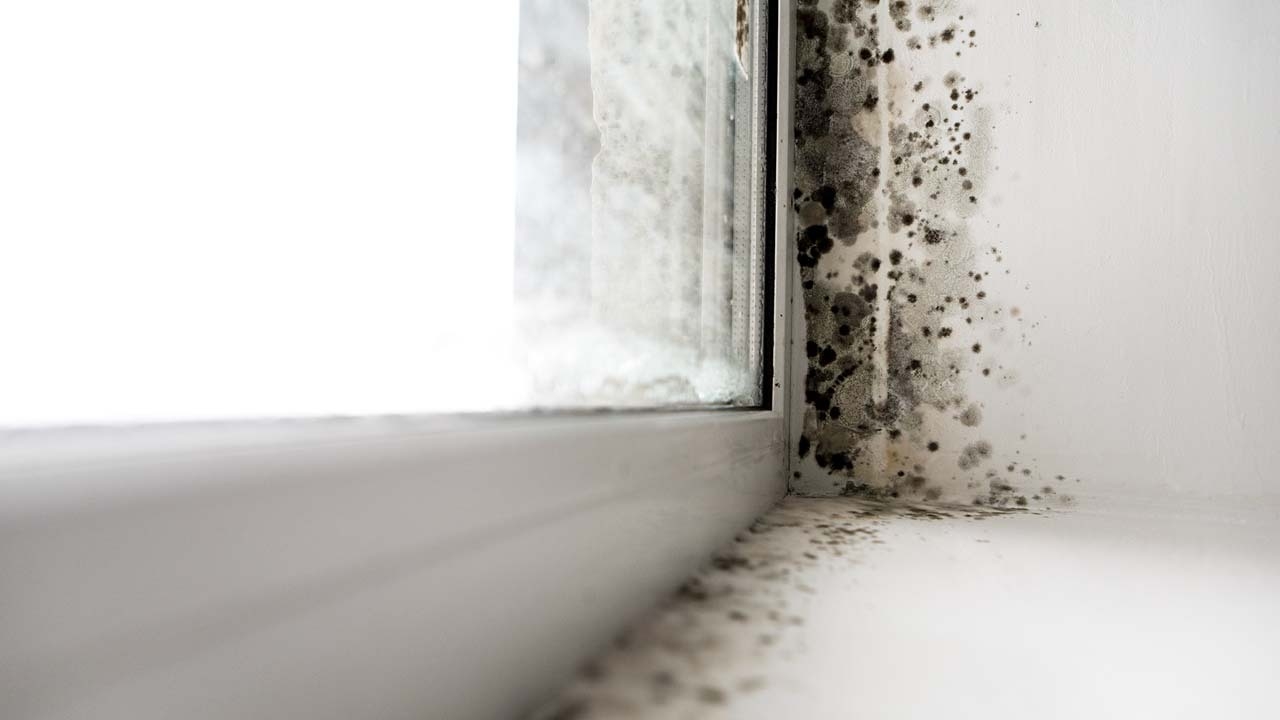
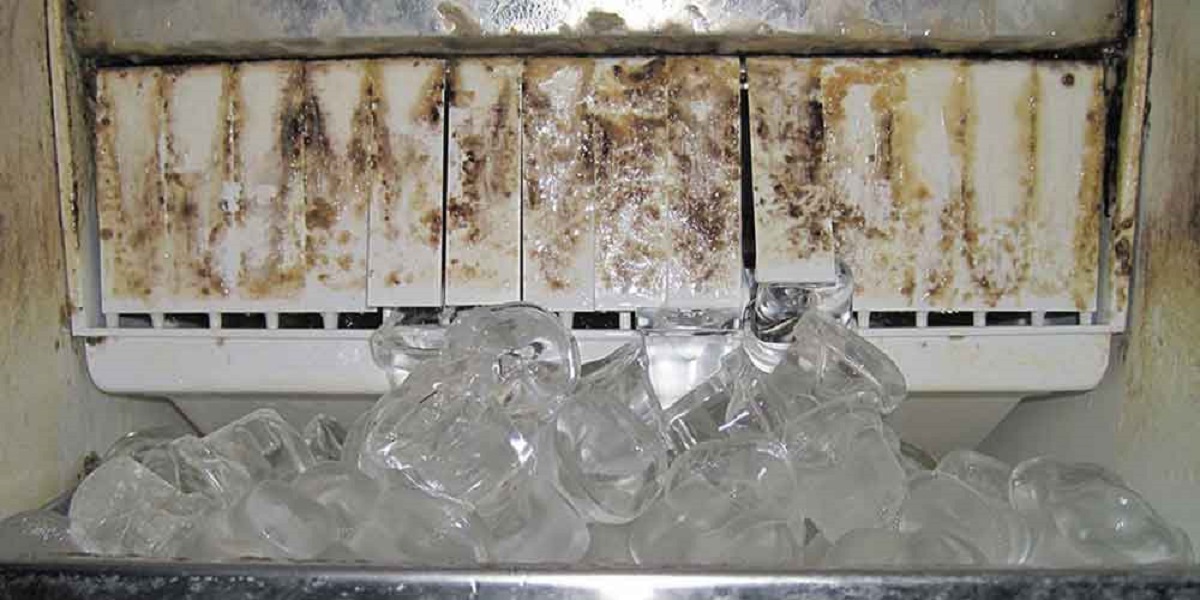
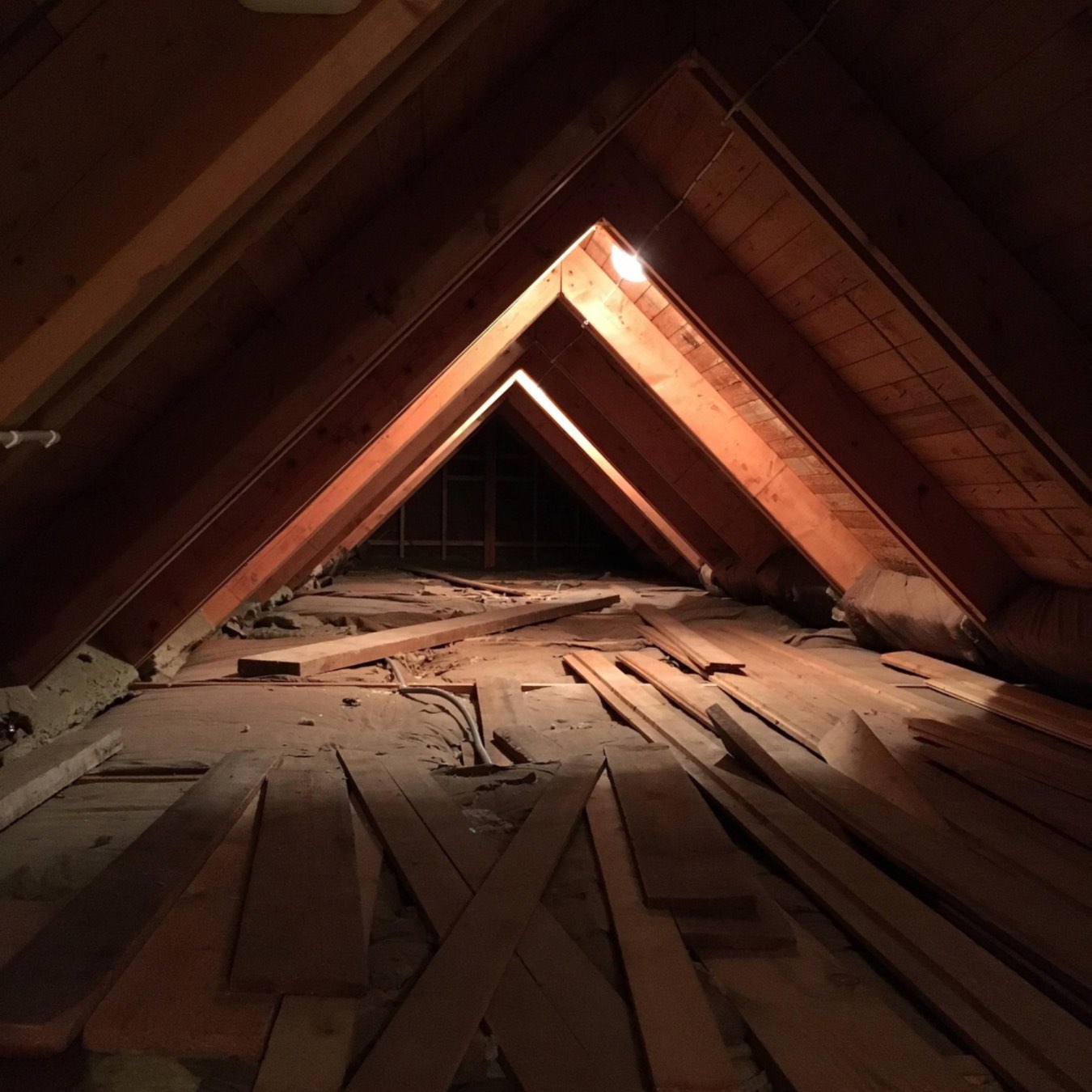
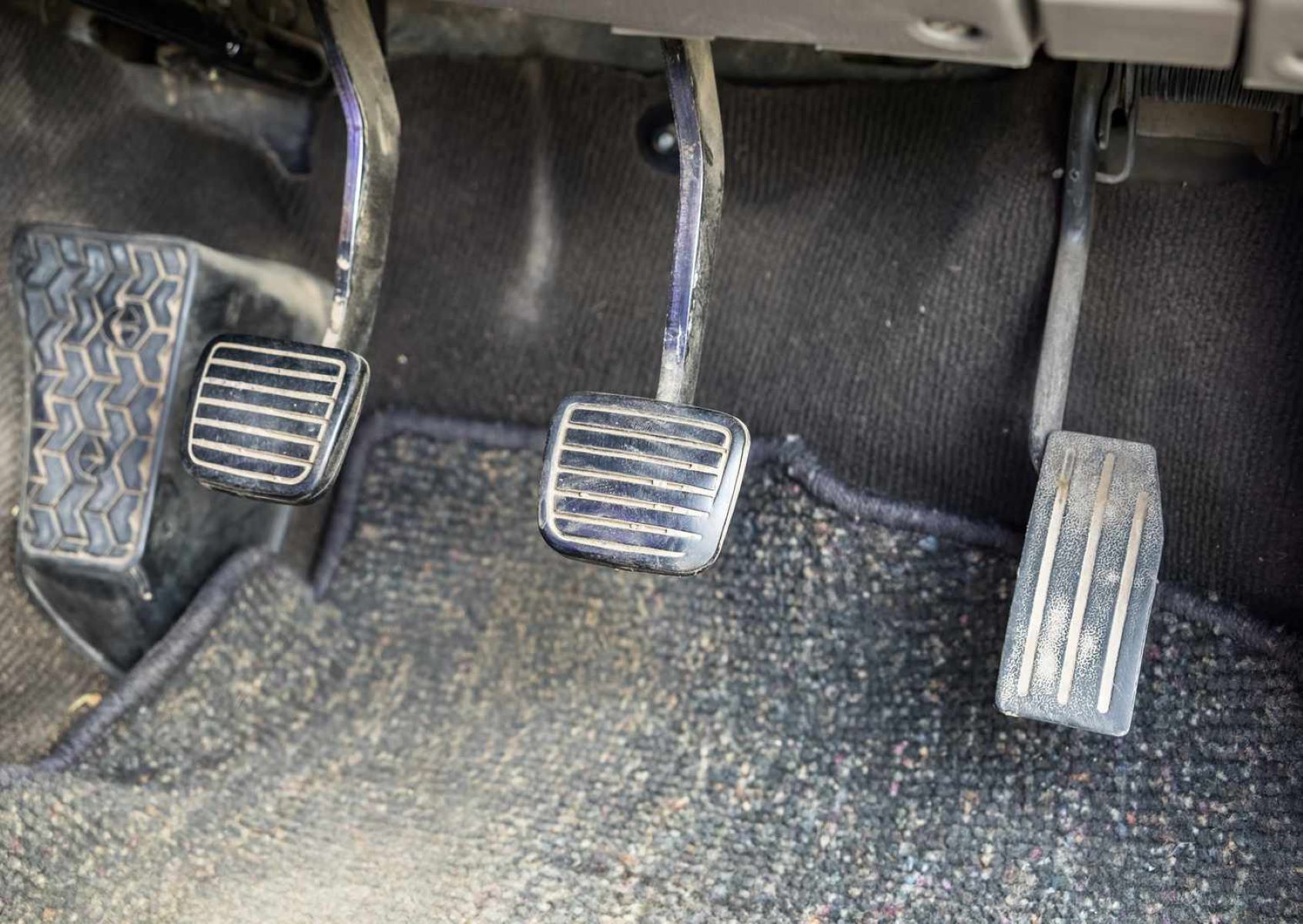
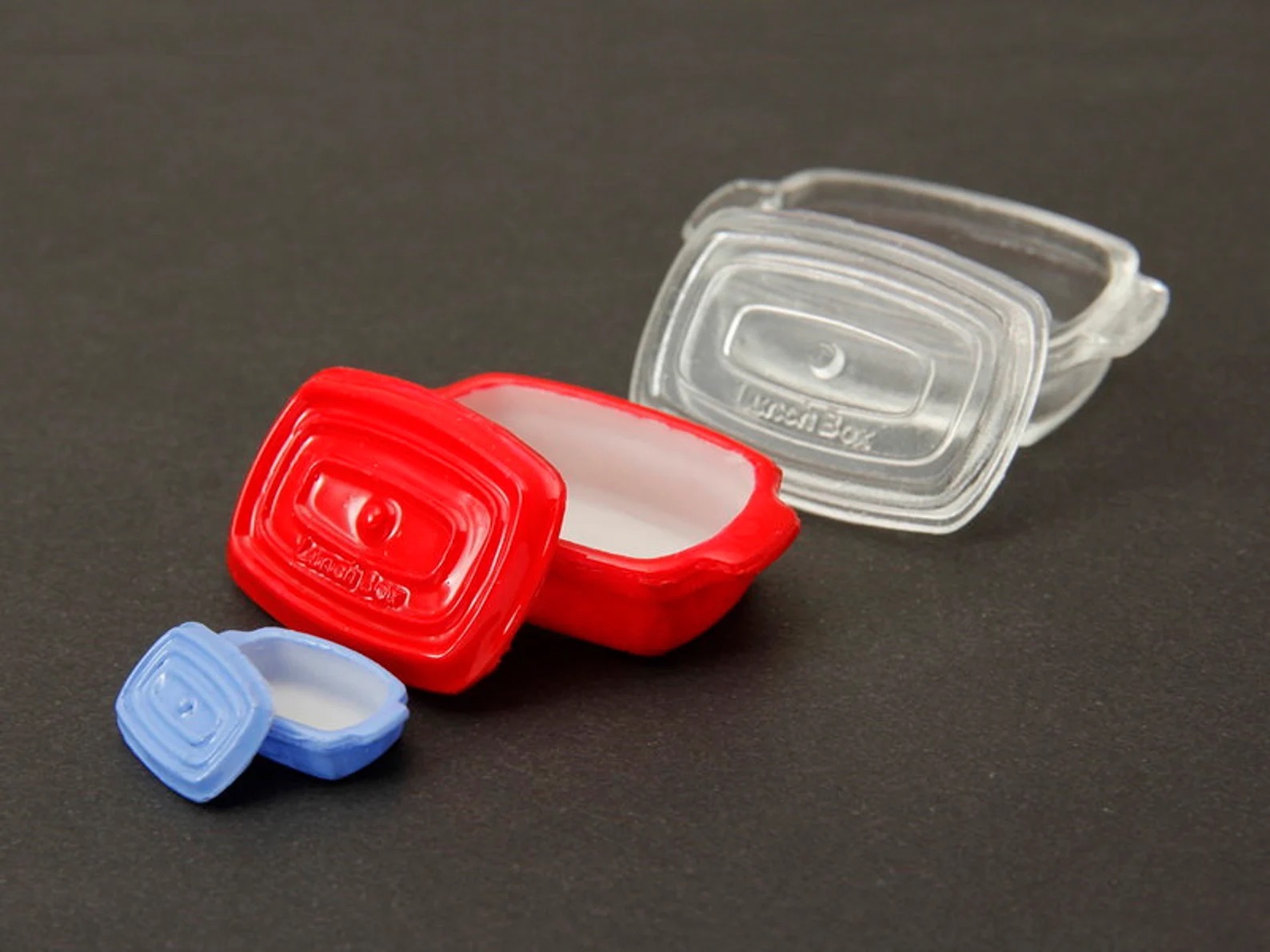
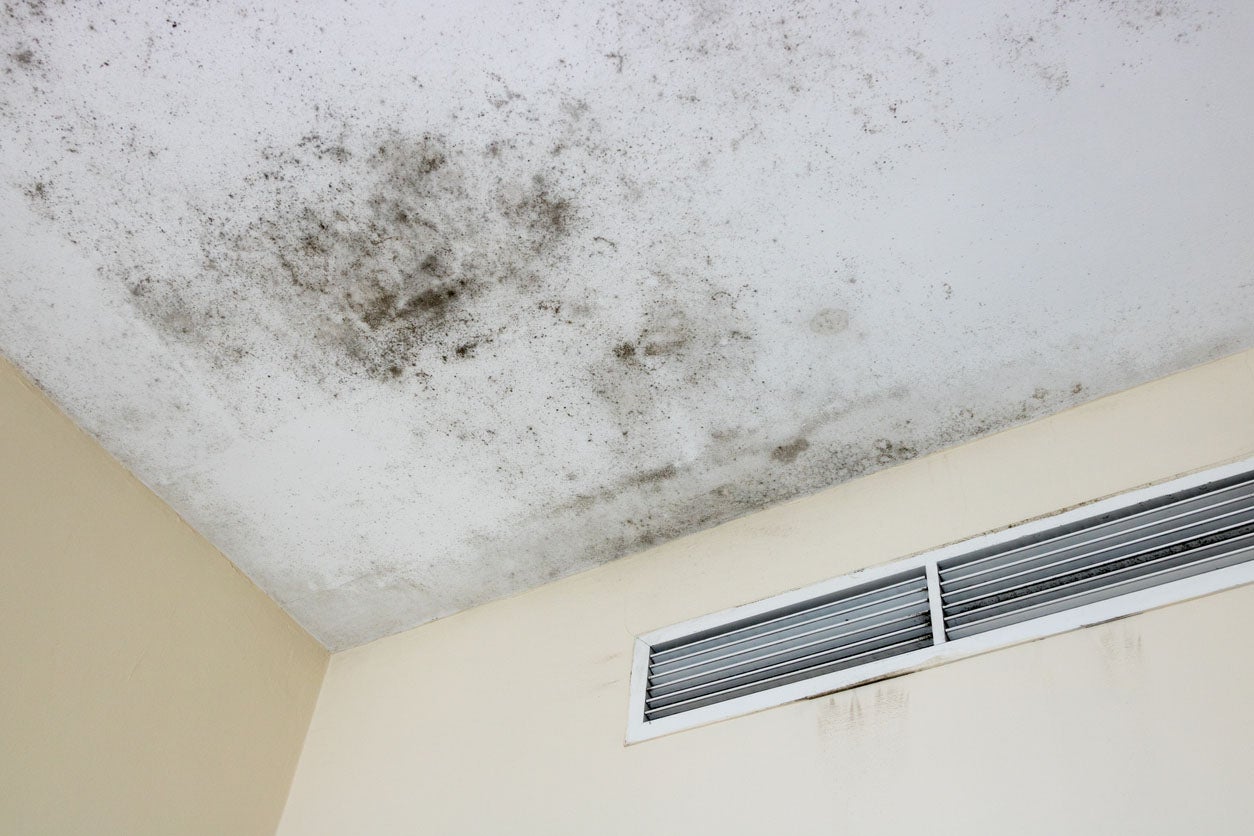
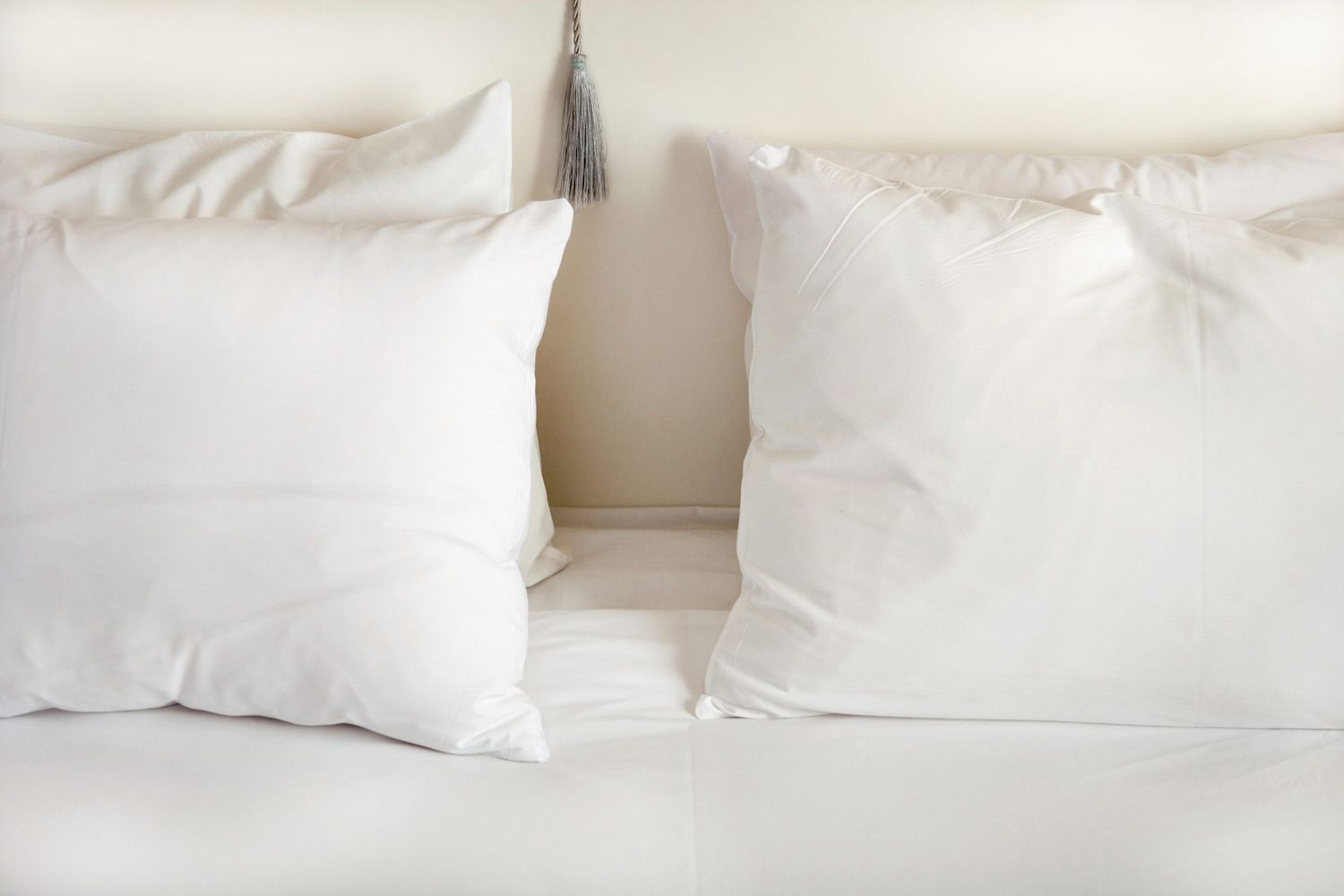
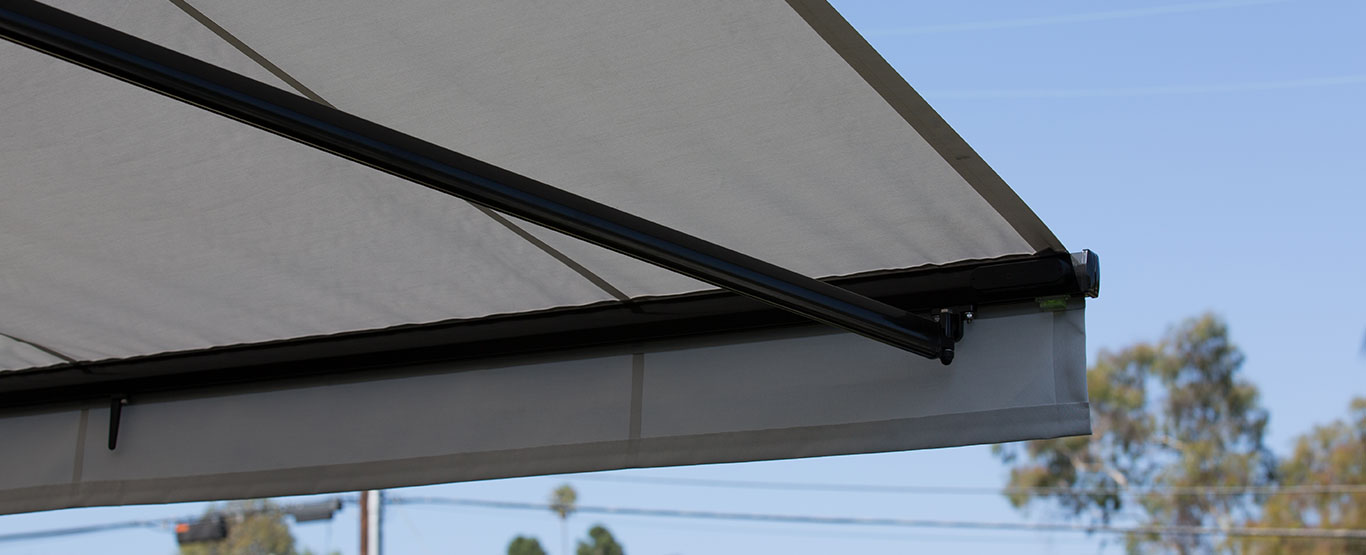
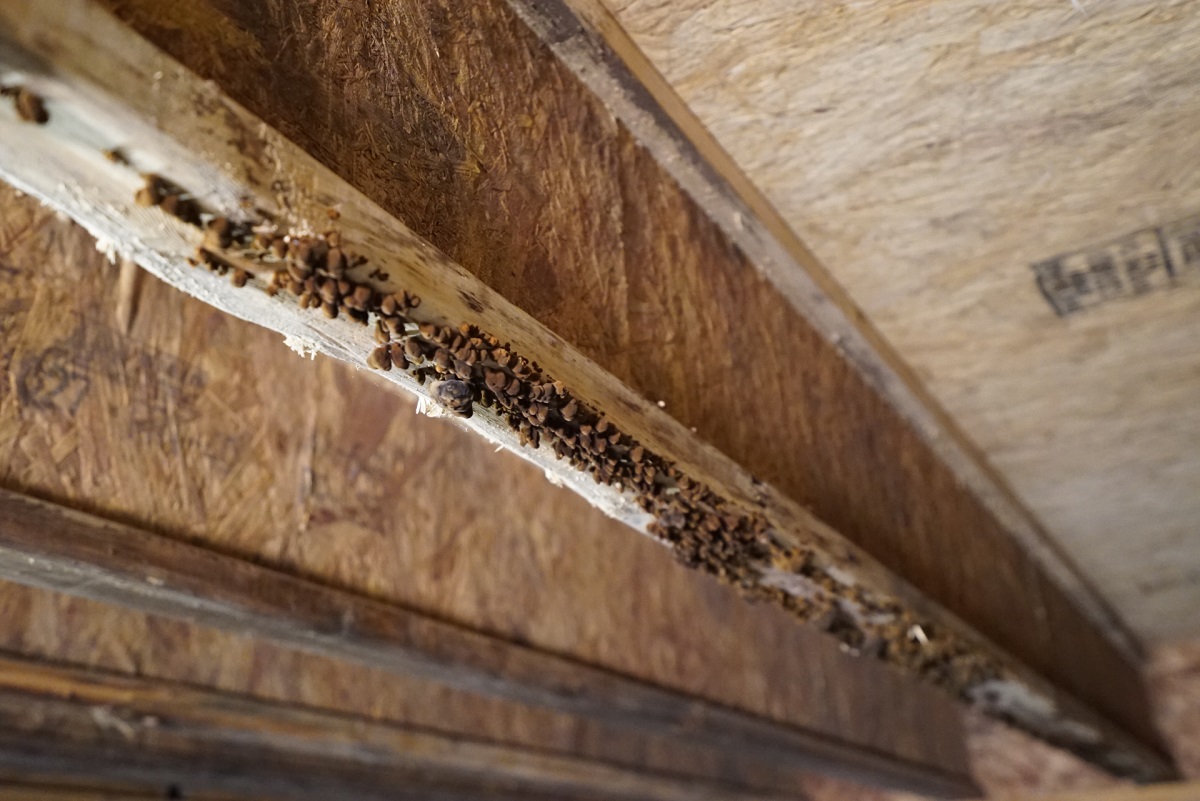
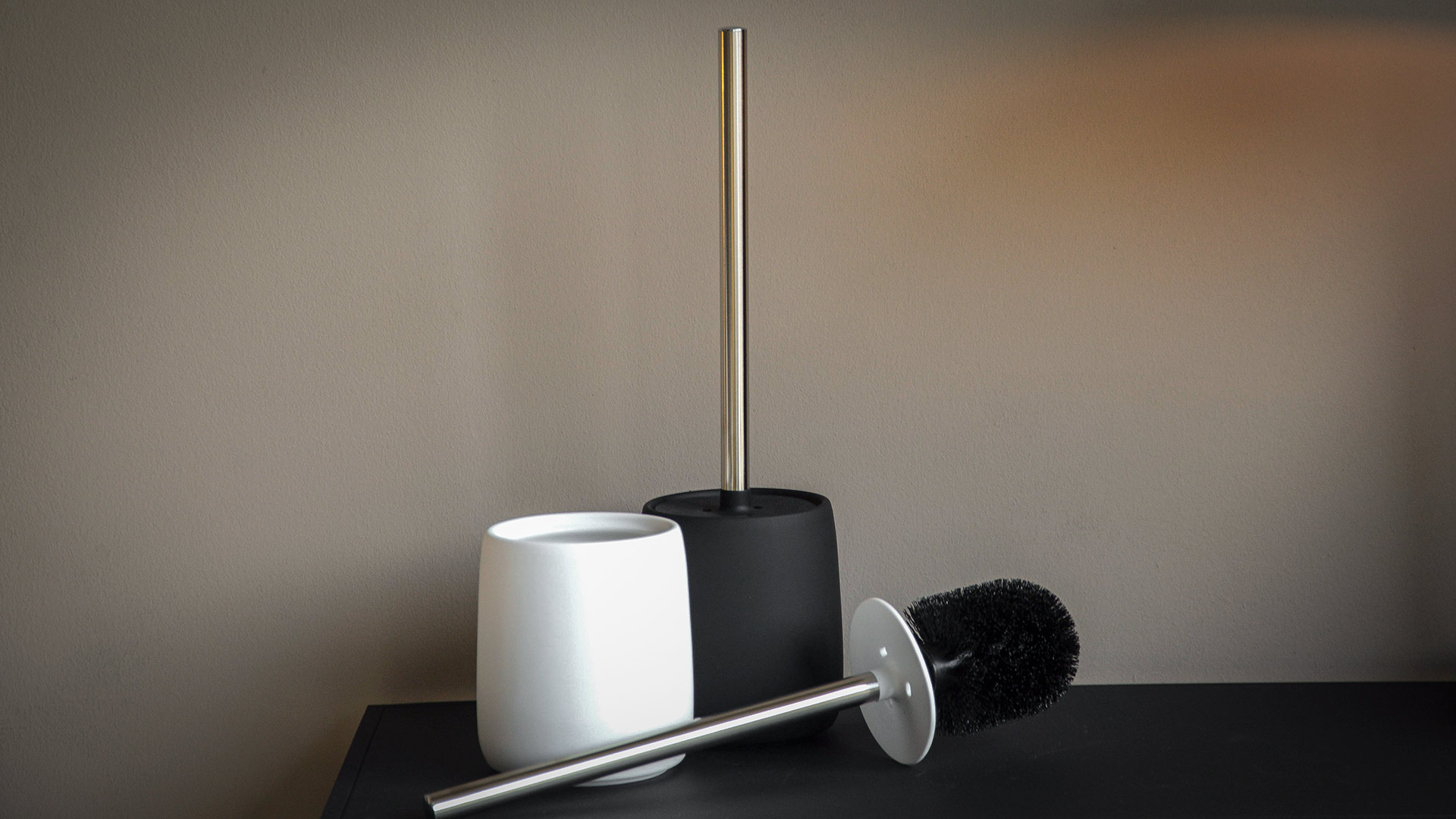
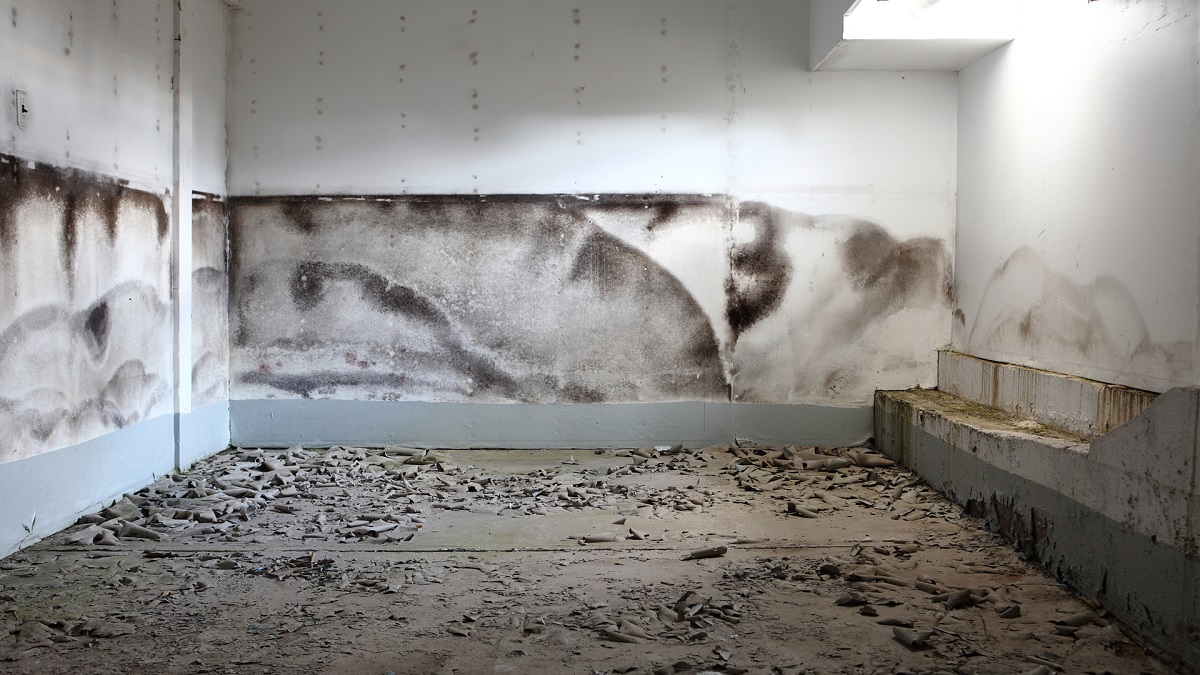

0 thoughts on “How To Remove Mold From Pillows”